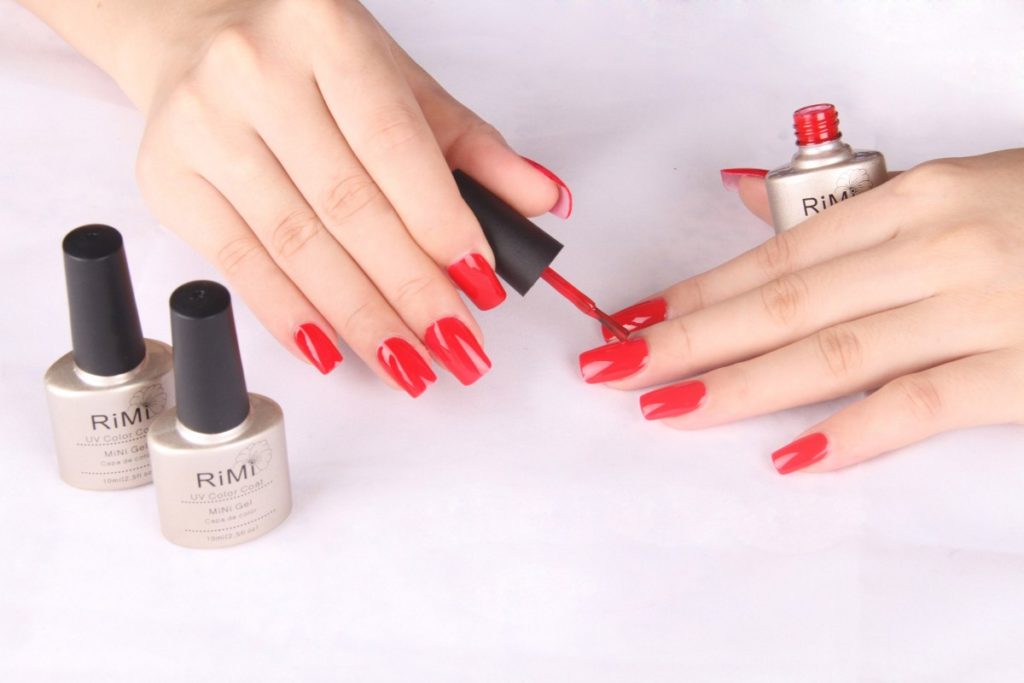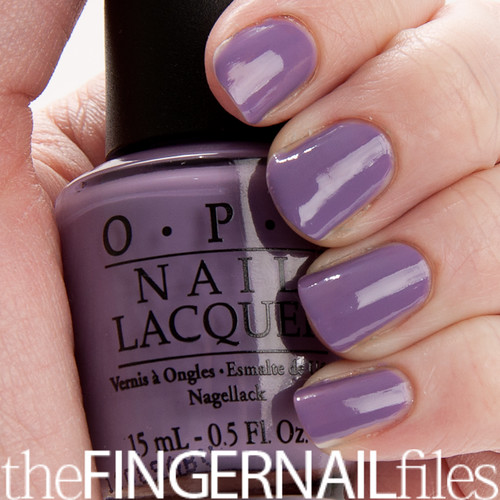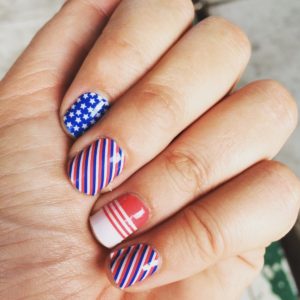Just a couple days ago, on September 18, the Federal Reserve dropped interest rates by a quarter point. This is the second time the Fed cut rates in 2019 as an effort to encourage businesses to take out loans to hire more people leading to expansion and to boost economic activity by encouraging people to take out loans and use that money to spend and invest. This boosted economy means all is well and a recession can be avoided as long as people keep spending. With low rates, it is easier to borrow money and encourages more spending and investing. So, why aren’t people spending more? The perception of a soon-to-come recession.
“The Federal Reserve should get our interest rates to down to ZERO, or less, and we should then start to refinance our debt… A once in a lifetime opportunity that we are missing because of boneheads,” tweets the President of the United States. When the current sitting president calls the head of the Federal Reserve, who he appointed, a “bonehead,” it does not instill any sort of confidence in American people that our economy is stable and growing. Unsurprisingly, it has the very opposite effect. People are fearful of a potential recession. It has been over 10 years since our economy’s last big recession and people seem to believe that we are due for another. As a result of this fear, people are ultra-conscious of their spending habits and make even more of an effort to save money. Saving money might be great for people’s pockets, but it does not contribute to boosting economic growth. Less spending can lead to a slowdown in the economy and as a result, the recession.
Some economic indicators reveal the reality of the U.S. consumer. What retail spending, worker pay, and household spending show is that a consumer in the United States is still financially healthy. The supposed coming recession is not supported by these economic indicators but is instead backed by the public perception that our economy is due for downturn.
Had the Federal Reserve listened to President Trump’s suggestions, the public would likely have been even more fearful of oncoming doom. To conform would show weakness in our central banking system. If the Federal Reserve did cut interest rates to zero, like suggested, there would likely be even more of a panic that the recession is imminent. The Federal Reserve made a decision independent of the president which is critical in maintaining the mysterious reputation and its ability to create money and to withdraw money from the economy. If they acted as the president suggested they should, the public perception would shift to distrust in the central bank, and ultimately an even more problematic idea of the potential recession.
To avoid the recession people strongly believe is overdue, people must borrow money to spend which will contribute to economic growth. The health of our economy is now reliant on whether people respond to the lowered interest rates and to the encouragement to spend and invest. The recession is not a guarantee, and people should take individual action to make sure they add value to a growing economy.


